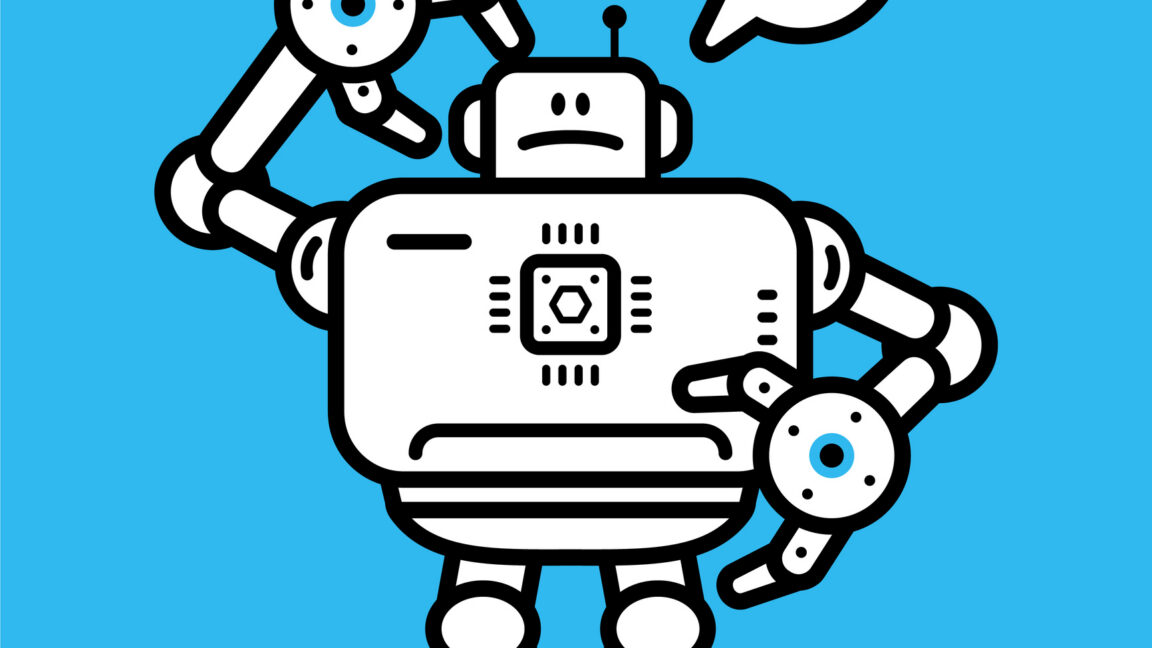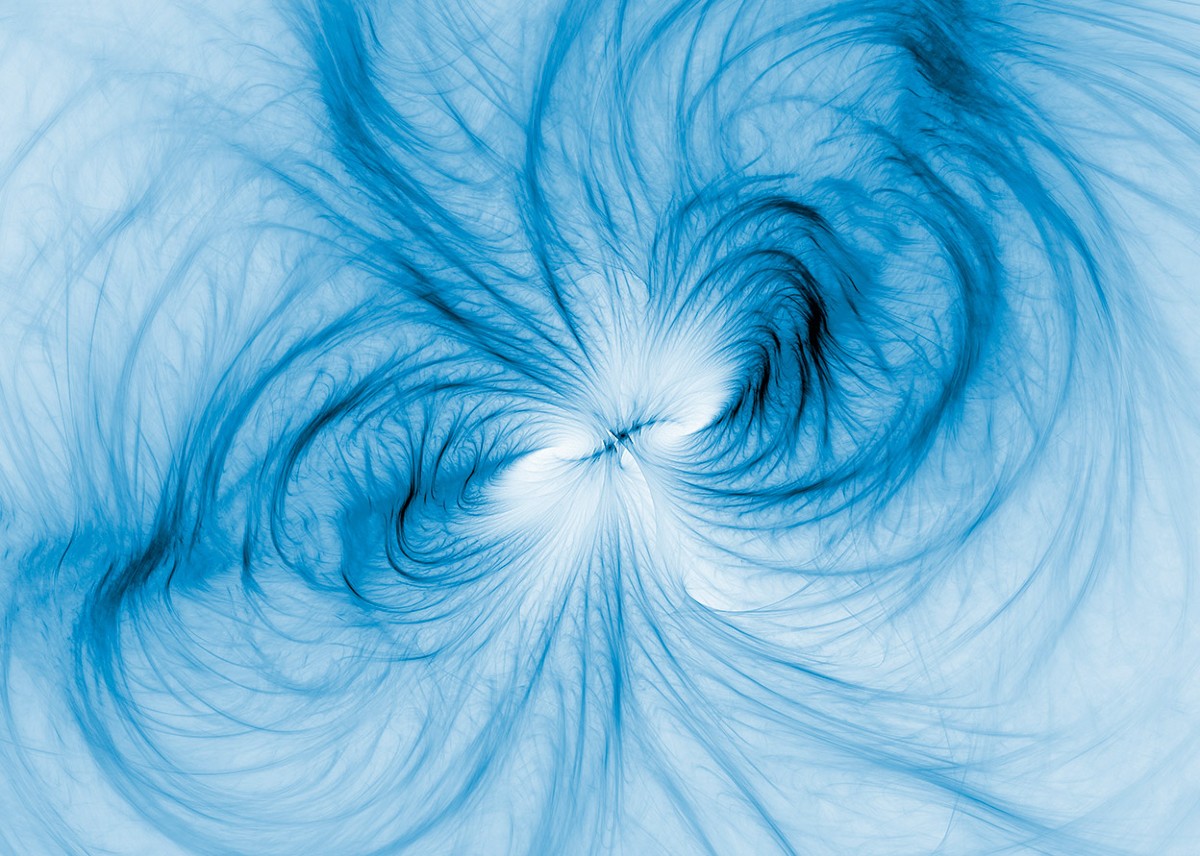In a new roundup of promising advances in quantum physics, researchers are revealing the upcoming cutting-edge studies they hope will finally lead to reconciling the quantum framework with the pesky issue of its unclear relationship to gravity.
Quantum physics may have weathered 100 years of scientific examination, with relevance to everything from the periodic table to the shine of stars and a range of other phenomena in our universe. Yet all attempts to create develop quantum theories of gravity have found no supporting evidence in real-world observations. The problem is not simply in data not matching expectations, but in the fundamental issue of what sorts of evidence to look for and how to measure it, questions that some researchers believe science is finally about to turn the corner on.
A Successful Quantum Decade
“How quantum mechanics and gravity fit together is one of the most important outstanding problems in physics,” Kathryn Zurek, a theoretical physicist at the California Institute of Technology (Caltech) in Pasadena recently told Nature.
Yet the time may be fast approaching when researchers can accurately test quantum theories of gravity with measurable data. The last decade has seen significant advances in quantum research, and now some scientists are pushing the boundaries of laboratory precision to the point where they are proposing experiments that may finally yield answers to the quantum nature of gravity. The ideas proposed range from refinements of present laser technology to exotic matter manipulations that push the boundaries on what is physically possible.
“There’s been a huge rise in both experimental capability and our theoretical understanding of what we actually learn from such experiments,” said Markus Aspelmeyer, an experimental physicist at the University of Vienna.
Quantum Physics vs Classical
Currently, gravity is explained by the classical theory known as Einstein’s general theory of relativity. This theory holds that masses influence one another by curving space-time around themselves, much like bowling balls on a trampoline. In this view, particles occupy precise points in space, moving along well-defined trajectories.
By contrast, quantum physics describes particles more like clouds of possibilities than discrete components with definite structures and locations, with their positions in space only becoming meaningful once measured.
A quantum theory of gravity would therefore be far less concrete than general relativity, relying on fuzzy probability distributions instead of definite locations. While general relativity envisions a smooth fabric of space-time, some alternative theories suggest it may be made up of discrete “chunks” called quanta—though their existence would not necessarily require a quantum explanation.
Since the 1960s, when scientists first attempted to describe gravity in quantum terms, they quickly realized general relativity would be far harder to adapt than other theories like electromagnetism. Early efforts to convert it using standard procedures produced nonsensical results. String theory gained traction by proposing that elementary particles are tiny vibrating strings in unseen dimensions, but no experimental evidence has yet supported the idea. With string theory and other radical concepts lacking practical means of testing, some physicists have grown frustrated with the field.
“I think people are getting disenamoured with it,” says Ivette Fuentes, a theoretical physicist at the University of Southampton, UK.

Is Gravity Quantum?
Some physicists argue that before developing more complex theories and experiments, researchers should first determine whether gravity has a quantum nature at all.
“We don’t have any experimental evidence of how gravity becomes quantum — or of whether gravity is a quantum phenomenon at all,” says experimental physicist Richard Howl at Royal Holloway, University of London.
“For me, the coolest thing would be a yes-or-no experiment,” says Aspelmeyer.
In quantum physics, objects can enter a state called superposition, in which they occupy two states at the same time. A quantum version of general relativity would imply that an object’s bending effect on space-time could follow two paths at once. The question then becomes: how would this influence other objects gravitationally? Would they also follow both paths, settle on an average path, or force the larger object into a single path, just as measurement forces a particle to resolve to one position?
Another approach is to test through quantum entanglement. When two objects interact, they can become entangled, meaning the properties of one are determined simply by measuring the other. If entanglement can be observed between two objects interacting only via gravity, it would confirm gravity’s quantum nature.
Testing for Quantum Gravity
Aspelmeyer has designed an experiment to test this concept, yet performing it remains out of reach, as one of many experiments that would require manipulating the quantum effects of relatively large objects. Despite the challenges, progress is being made on that front, including one breakthrough where tiny glass spheres, levitated by laser beams, displayed quantum behaviors.
Another concept put forward by Zurek is that quantum gravity should result in a random wobble in the fabric of space-time. Caltech’s Lee McCuller is currently putting together an experiment called the Gravity from the Quantum Entanglement of Space Time (GQuEST), expected to have a proof of concept ready next year. The test would resemble a tabletop laser interferometer, using a split laser beam to detect random dilations in space, which could possibly offer data for Zurek’s theory.

Could Classical and Quantum Physics Coexist?
A post-quantum theory developed by UCL researcher Jonathon Oppenheim may square the circle on reconciling classical gravity to exist alongside quantum physics. The theory posits that while otherwise aligning with classical conceptions, gravity and space-time are subject to random fluctuations. The catch is that such a theory is non-deterministic—an idea many physicists consider unlikely.
“The realization was that space-time and quantum mechanics can be consistent, as long as you have a breakdown in predictability,” Oppenheim says.
While perhaps difficult to swallow, Oppenheim’s work would also explain another physics mystery: why black holes appear to erase information when they evaporate. Not content to leave his theory on paper, Oppenheim proposed a test for his theory in the form of identifying tiny random jerks in the motion of free-falling objects. Although his attempt to locate such evidence in data from the European Space Agency’s LISA Pathfinder probe met with failure, there is a chance that the jerks would have been so minuscule that the instrumentation used was not precise enough to detect them.
Physicists are floating a host of other ideas to test, including the potential existence of enormous cosmic strings stretching across the universe. Testing for the majority of these ideas is at least a decade away from today’s technological limitations, but many researchers are feeling hopeful that progress is on the way.
“I think it is a new era in quantum-gravity research,” says Oppenheim. “We now can have this dialogue with nature back and forth, and not just do model-building in the dark.”
Ryan Whalen covers science and technology for The Debrief. He holds an MA in History and a Master of Library and Information Science with a certificate in Data Science. He can be contacted at ryan@thedebrief.org, and follow him on Twitter @mdntwvlf.
Source link



